Home>Interior Design>Can You Use A Microwave If The Glass Plate Is Broken?
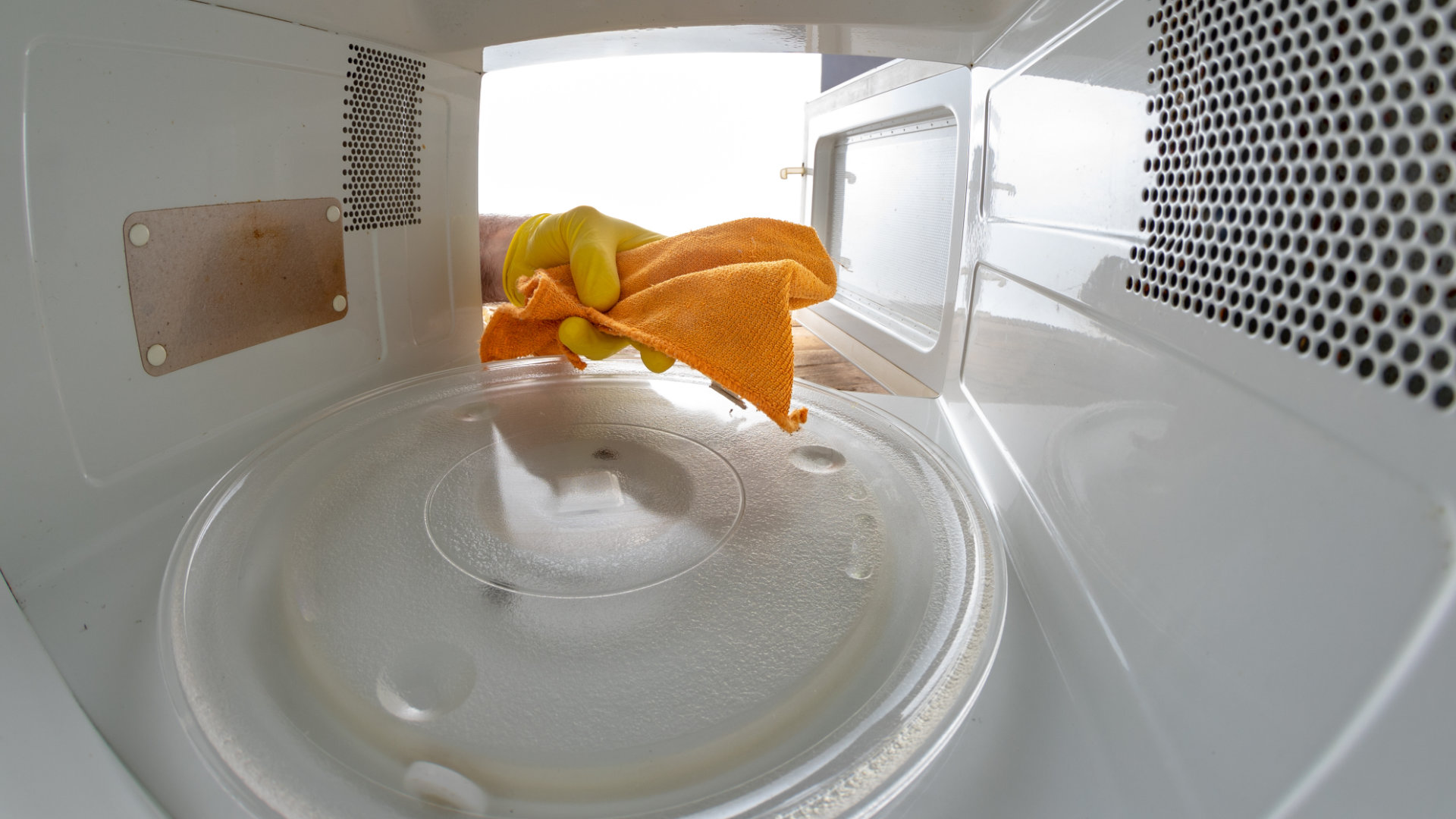

Interior Design
Can You Use A Microwave If The Glass Plate Is Broken?
Modified: October 19, 2024
Discover the answer to whether you can still use a microwave with a broken glass plate. Explore tips and insights on interior design to create a stylish and functional kitchen space.
(Many of the links in this article redirect to a specific reviewed product. Your purchase of these products through affiliate links helps to generate commission for Storables.com, at no extra cost. Learn more)
Introduction
Welcome to the world of microwave cooking! Microwaves have become an essential appliance in most kitchens, providing convenience and speed in preparing meals. One crucial component of a microwave is its glass plate, which assists in the even distribution of heat throughout the food. However, accidents happen, and it’s not uncommon for the glass plate to become broken or damaged. This raises the question: can you still use a microwave with a broken glass plate?
In this article, we will delve into the topic of using a microwave with a broken glass plate. We will discuss the advantages and disadvantages of using a microwave glass plate, as well as the risks and safety concerns associated with a broken one. Furthermore, we will explore alternatives that you can consider if you find yourself in this predicament. So, let’s dive right in!
Key Takeaways:
- Using a microwave with a broken glass plate is not recommended due to safety risks, uneven heating, and potential damage to the appliance. Prioritize safety and consider replacing the glass plate promptly.
- While it’s possible to use a microwave with a broken glass plate, it’s best to replace it for optimal cooking results and safety. In the meantime, consider alternative options for temporary use.
Read more: What Can You Use As Glass Cleaner
Understanding the Microwave Glass Plate
The microwave glass plate is a vital component of the microwave oven. Its primary function is to distribute heat evenly throughout the food, ensuring thorough and efficient cooking. Made from tempered glass, the plate is designed to withstand the high temperatures generated by the microwave and the weight of the food being cooked.
Most microwave glass plates feature a rotating mechanism, allowing them to spin during the cooking process. This rotation helps to prevent hotspots and ensures that the food is evenly heated from all sides. Without the glass plate, the microwave’s cooking performance may be compromised, leading to unevenly cooked meals.
In addition to its functional role, the glass plate also serves aesthetic purposes. It adds a visual appeal to the microwave, making it more visually attractive when the door is open. Some manufacturers even offer patterned glass plates to further enhance the microwave’s appearance.
It’s worth noting that microwave glass plates are designed to be durable and long-lasting. However, they are not indestructible. Accidental drops, improper cleaning techniques, or even normal wear and tear can cause the glass plate to break or become damaged.
In the next sections, we will explore the advantages and disadvantages of using a microwave glass plate, as well as the potential risks and safety concerns associated with using a broken one.
Advantages of Using a Microwave Glass Plate
The use of a microwave glass plate offers several advantages when it comes to cooking and reheating food. Here are some benefits:
- Even Heating: The glass plate’s rotational feature ensures that the food is evenly heated from all sides. This helps to eliminate hotspots and promotes consistent cooking results.
- Easy Cleaning: The smooth surface of the glass plate makes it easy to clean. Unlike metal or plastic containers, food residues can be easily wiped off or washed away, ensuring hygiene and preventing lingering odors.
- Food Presentation: The glass plate enhances the visual presentation of the food. Whether you’re reheating leftovers or cooking a meal from scratch, the glass plate adds a touch of elegance and professionalism to your dish.
- Compatibility: Microwave glass plates are designed to fit perfectly within the microwave, ensuring smooth rotation and minimizing the risk of spillage or accidents during the cooking process.
- Versatility: Microwave glass plates are not limited to just heating leftovers or cooking pre-packaged meals. They can also be used for defrosting frozen items or even baking small portions of food in microwave-safe cookware.
These advantages demonstrate why the microwave glass plate is an essential component for achieving optimal cooking results. However, when the glass plate becomes broken or damaged, there are certain drawbacks and safety concerns that need to be considered, as we’ll discuss in the following section.
Disadvantages of Using a Broken Microwave Glass Plate
While the convenience of a microwave may tempt you to continue using it with a broken glass plate, there are several disadvantages and risks associated with doing so. Here are some drawbacks to consider:
- Uneven Heating: A broken glass plate can disrupt the even distribution of heat within the microwave. This can result in unevenly cooked food, with some parts being overcooked while others remain undercooked.
- Food Spillage: Without a functional glass plate, the food may slide or spill during the cooking process. This not only creates a mess within the microwave but can also lead to potential accidents or burns when attempting to handle the hot food.
- Danger of Shattered Glass: A broken glass plate poses a safety hazard. Sharp glass fragments can cause injury if mishandled or accidentally ingested.
- Reduced Efficiency: A broken glass plate can negatively impact the overall efficiency of the microwave. With an inability to rotate or distribute heat properly, the cooking time may be prolonged, leading to wasted energy and increased electricity consumption.
- Potential Damage to Microwave: Continued use of a microwave with a broken glass plate can potentially cause further damage to the appliance itself. Vibrations or movements caused by spinning the plate in a damaged state could result in motor failure or other internal issues.
Considering the various disadvantages and risks involved, it is not recommended to use a microwave with a broken glass plate. It is important to prioritize safety and seek alternatives to ensure proper cooking and protect both yourself and the appliance.
No, it is not safe to use a microwave if the glass plate is broken. The plate helps distribute heat evenly and without it, the microwave may not function properly and could pose a safety hazard.
Can You Use a Microwave with a Broken Glass Plate?
The simple answer is yes, you can technically use a microwave with a broken glass plate. However, it is not advisable for several reasons.
As mentioned earlier, a broken glass plate can lead to uneven heating, food spillage, and safety hazards. By using the microwave without a functional glass plate, you risk serving undercooked or overcooked food due to the disrupted heat distribution. Additionally, the absence of a stable surface for the food can result in spills and accidents.
Moreover, the risk of injury from shattered glass is a significant concern. Broken glass fragments can cause cuts and other injuries if mishandled or accidentally consumed with the food. This poses a serious danger to your health and safety.
The efficiency of the microwave is also compromised when using it with a broken glass plate. The lack of proper rotation and heat distribution can lead to longer cooking times, wasted energy, and potentially cause additional damage to the microwave itself.
If your microwave’s glass plate is broken, it is strongly recommended to replace it before using the appliance again. It is a relatively inexpensive component that can be easily purchased from appliance stores or online retailers. Replacing the glass plate will not only ensure safer and more efficient cooking but also prolong the lifespan of your microwave.
However, in the event that you cannot immediately replace the glass plate, there are alternatives you can consider, as discussed in the next section.
Risks and Safety Concerns
Using a microwave with a broken glass plate poses several risks and safety concerns that should not be ignored. Here are some key points to consider:
- Injury from Sharp Glass Fragments: A broken glass plate can have sharp edges and fragments that may cause cuts or injuries if mishandled. It is crucial to exercise caution when cleaning or handling a broken glass plate to prevent any accidents.
- Food Contamination: If a broken glass plate is used without proper cleaning or containment measures, glass particles can mix with food, leading to a risk of ingestion. This can result in severe health consequences. It is essential to thoroughly clean the microwave and ensure no glass residue remains before using it again.
- Burns and Accidents: Without a functioning glass plate, the food being cooked may shift or spill, increasing the chances of burns and accidents while attempting to handle the hot contents. Extra care should be taken during the cooking and removal process to minimize the risk of injuries.
- Prolonged Cooking Time: The absence of a glass plate can disrupt the microwave’s heat distribution, resulting in longer cooking times. This not only affects the efficiency of the appliance but also increases the risk of overheating the food. Overheating can lead to food spoilage and potential health risks.
- Damaging the Microwave: Continuously operating the microwave with a broken glass plate can potentially cause further damage to the appliance. The lack of proper rotation and support may strain the microwave’s motor and other internal components, leading to costly repairs or the need for a replacement.
It’s important to prioritize safety and minimize the risks associated with using a microwave with a broken glass plate. Consider the alternatives discussed in the next section to ensure safe and efficient cooking until the glass plate can be replaced.
Alternatives to Using a Broken Microwave Glass Plate
If you find yourself with a broken microwave glass plate and are unable to replace it immediately, there are alternatives you can consider to continue using your microwave. Here are a few options:
- Microwave-Safe Ceramic Dish: A microwave-safe ceramic dish can serve as a substitute for the glass plate. Look for a dish that fits securely in your microwave and can withstand the heat generated by the appliance. Ensure that the dish is labeled as microwave-safe to avoid any potential hazards.
- Microwave-Safe Silicone Mat: Another alternative is to use a microwave-safe silicone mat. This flexible and heat-resistant mat can be placed on the turntable to provide a stable surface for cooking or reheating food. Silicone mats are easy to clean and can withstand the high temperatures of the microwave.
- Heat-Resistant Microwave Turntable Roller: Some microwaves come with a turntable roller that can be used as a replacement. These rollers are designed to rotate the food and distribute heat evenly. Check with the manufacturer to see if a replacement roller is available for your specific microwave model.
- Use Microwave-Safe Cookware: Instead of relying on a rotating glass plate, you can use microwave-safe cookware, such as microwave-safe bowls or dishes, to cook or reheat your food. These containers are designed to withstand microwave heat and provide even cooking results. Make sure to follow the manufacturer’s guidelines for safe microwaving.
- Consider Manual Rotation: In the absence of a rotating plate, you can manually rotate the food during the cooking process. To achieve even heating, pause the microwave at regular intervals and rotate the dish or container containing the food. This method requires extra attention to prevent spills or burns.
While these alternatives can help you continue using your microwave, they may not provide the same level of efficiency and even cooking as a properly functioning glass plate. It’s important to exercise caution and monitor the cooking process to ensure food is heated or cooked thoroughly.
Remember, these alternatives should only be considered as temporary solutions until you can replace the broken glass plate. Investing in a replacement will not only restore the microwave’s functionality, but also ensure the safety and optimal performance of the appliance.
Conclusion
Using a microwave with a broken glass plate is possible but not recommended due to various disadvantages and safety concerns. The microwave glass plate plays a crucial role in evenly distributing heat and ensuring efficient cooking. A broken glass plate can lead to uneven heating, food spillage, injury risks, reduced efficiency, and potential damage to the microwave.
It is important to prioritize safety and consider replacing the broken glass plate as soon as possible. Fortunately, glass plates are affordable and readily available for purchase. By replacing the glass plate, you can restore the microwave’s functionality, ensure even cooking, and prevent potential accidents or injuries.
In the meantime, if you cannot immediately replace the glass plate, there are alternative options to consider, such as using a microwave-safe ceramic dish, silicone mat, or rotating the food manually. These alternatives can help you continue using the microwave, but they may not provide the same level of efficiency as a properly functioning glass plate.
Remember to follow safety precautions, thoroughly clean the microwave if glass fragments are present, and monitor the cooking process to prevent accidents. It’s crucial to prioritize your well-being and the integrity of your microwave when dealing with a broken glass plate.
In conclusion, while it is technically possible to use a microwave with a broken glass plate, it is strongly encouraged to replace the glass plate as soon as possible to ensure safe, efficient, and enjoyable cooking experiences.
Curious about fixing your own microwave after learning about the risks and options associated with a broken glass plate? Our guide on microwave repair walks you through the essentials, ensuring you handle maintenance safely and effectively. Whether your microwave has a minor issue or needs a more complex fix, gaining these handy skills not only saves money but also extends your appliance's lifespan. Don't miss out on practical advice that keeps your kitchen running smoothly.
Frequently Asked Questions about Can You Use A Microwave If The Glass Plate Is Broken?
Was this page helpful?
At Storables.com, we guarantee accurate and reliable information. Our content, validated by Expert Board Contributors, is crafted following stringent Editorial Policies. We're committed to providing you with well-researched, expert-backed insights for all your informational needs.
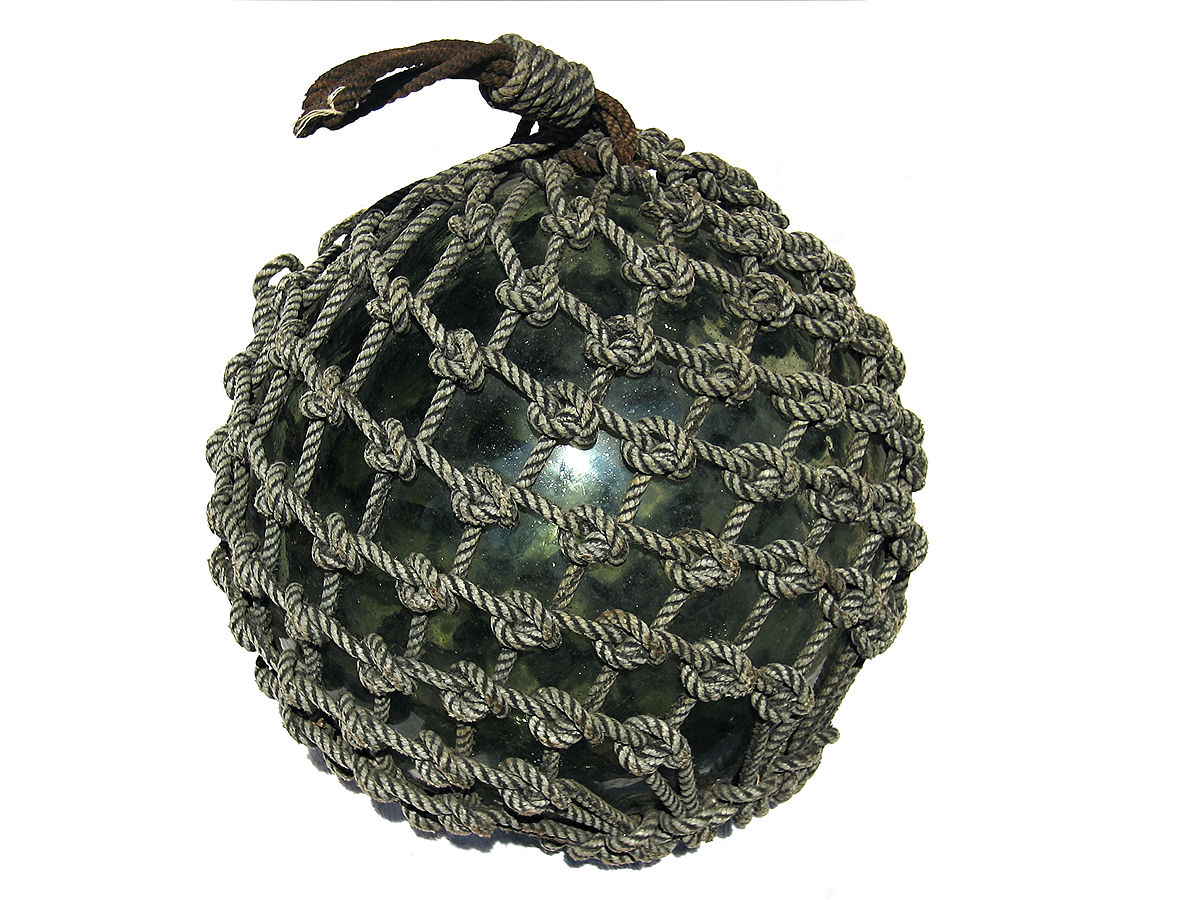
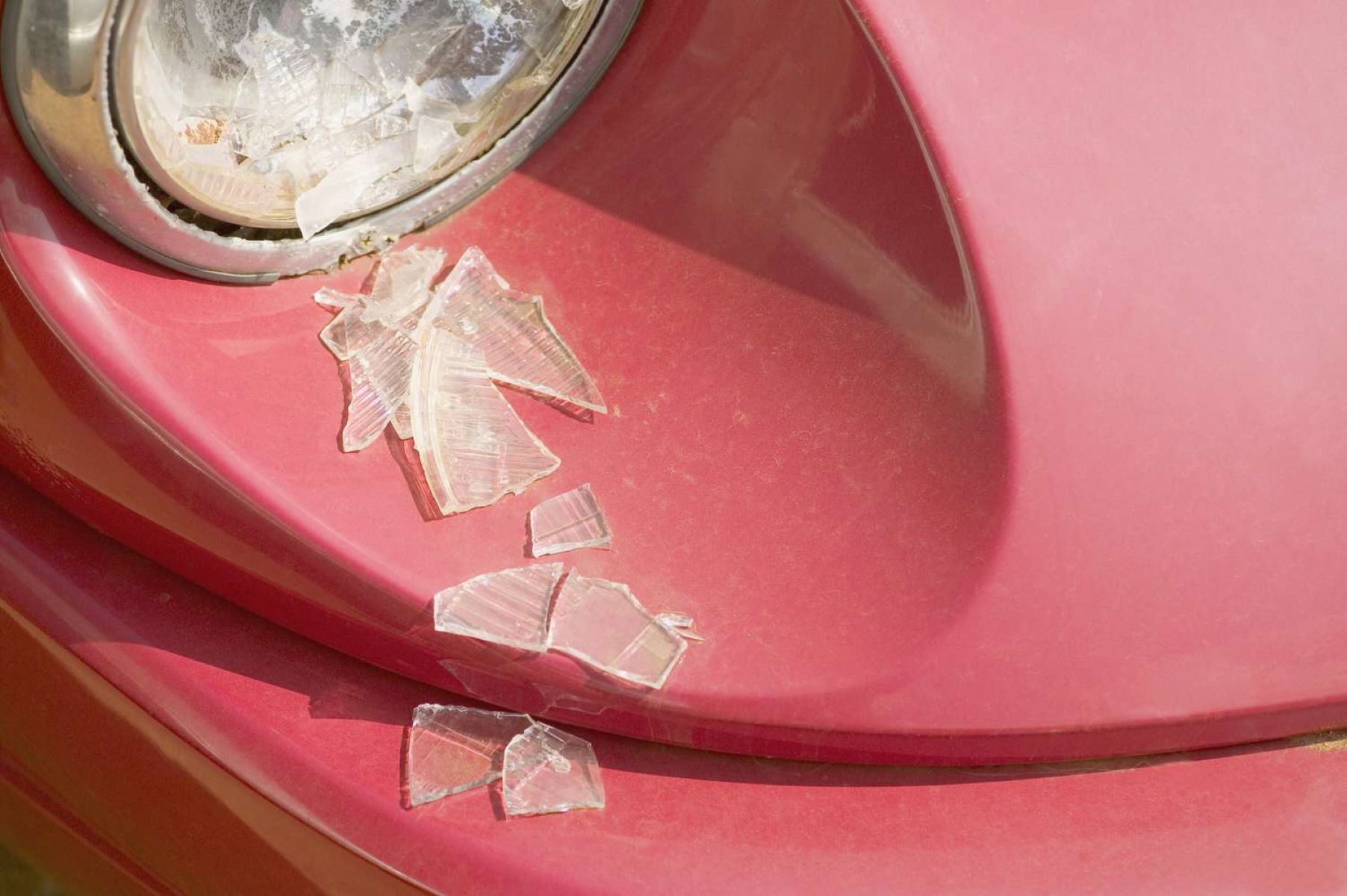
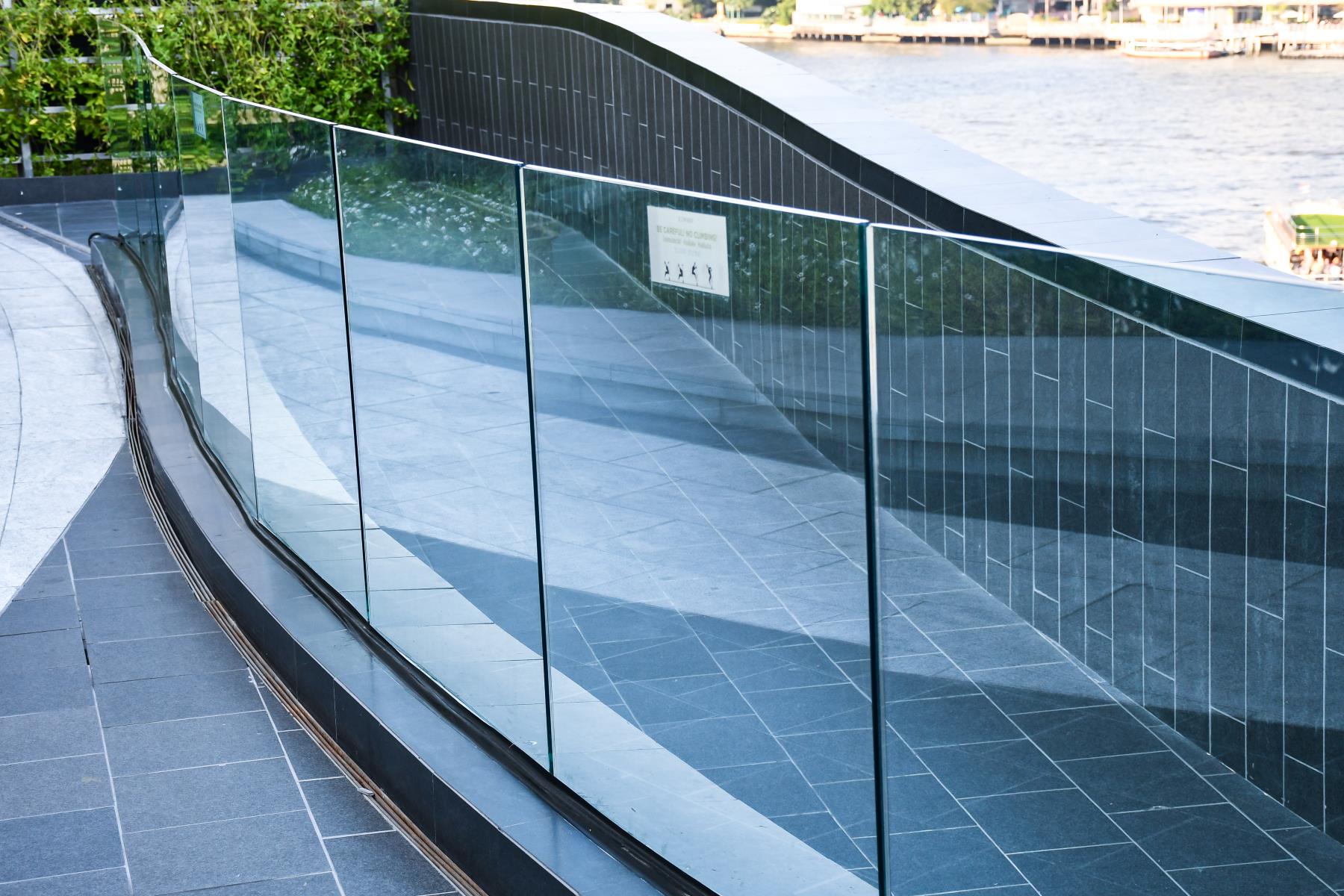
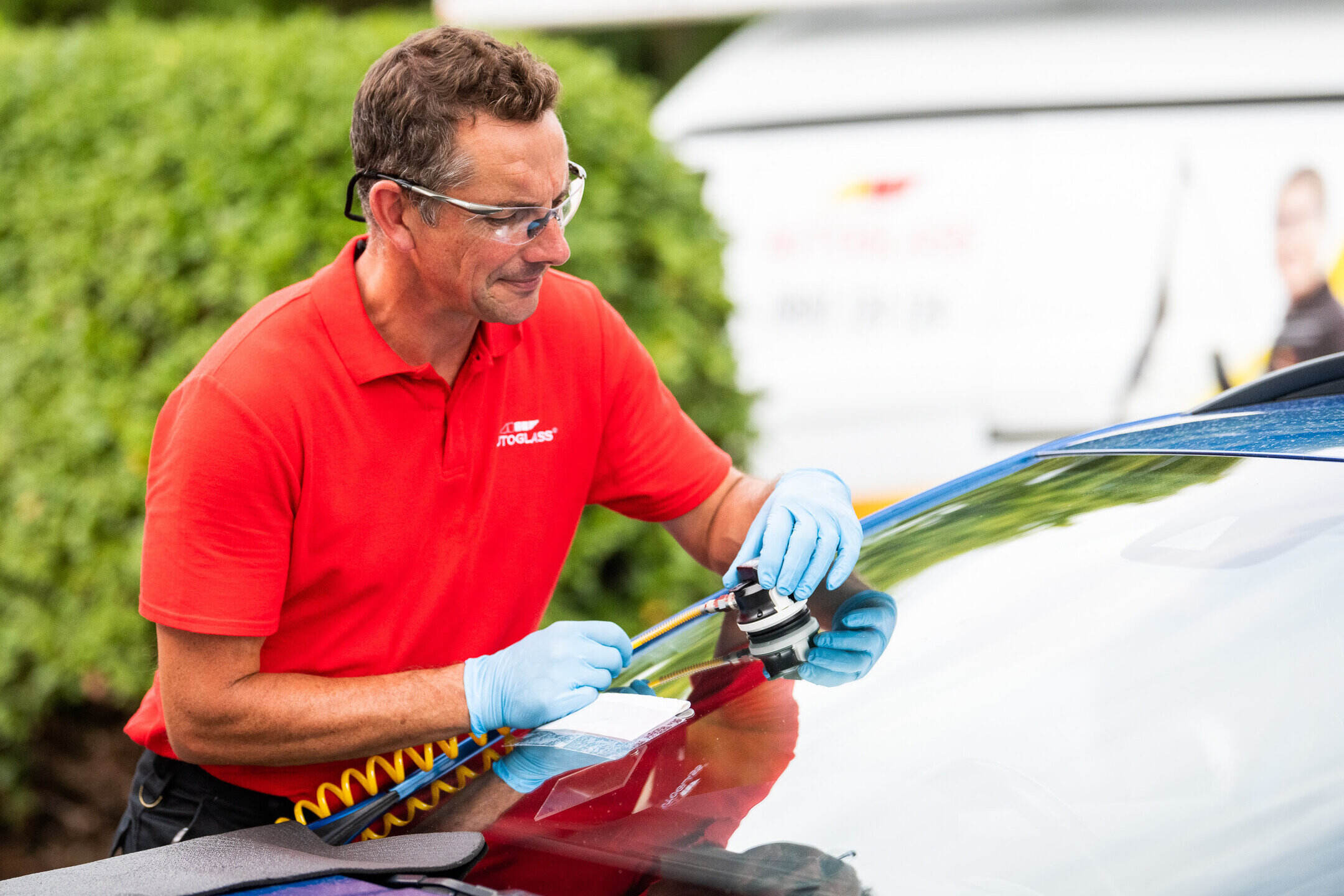
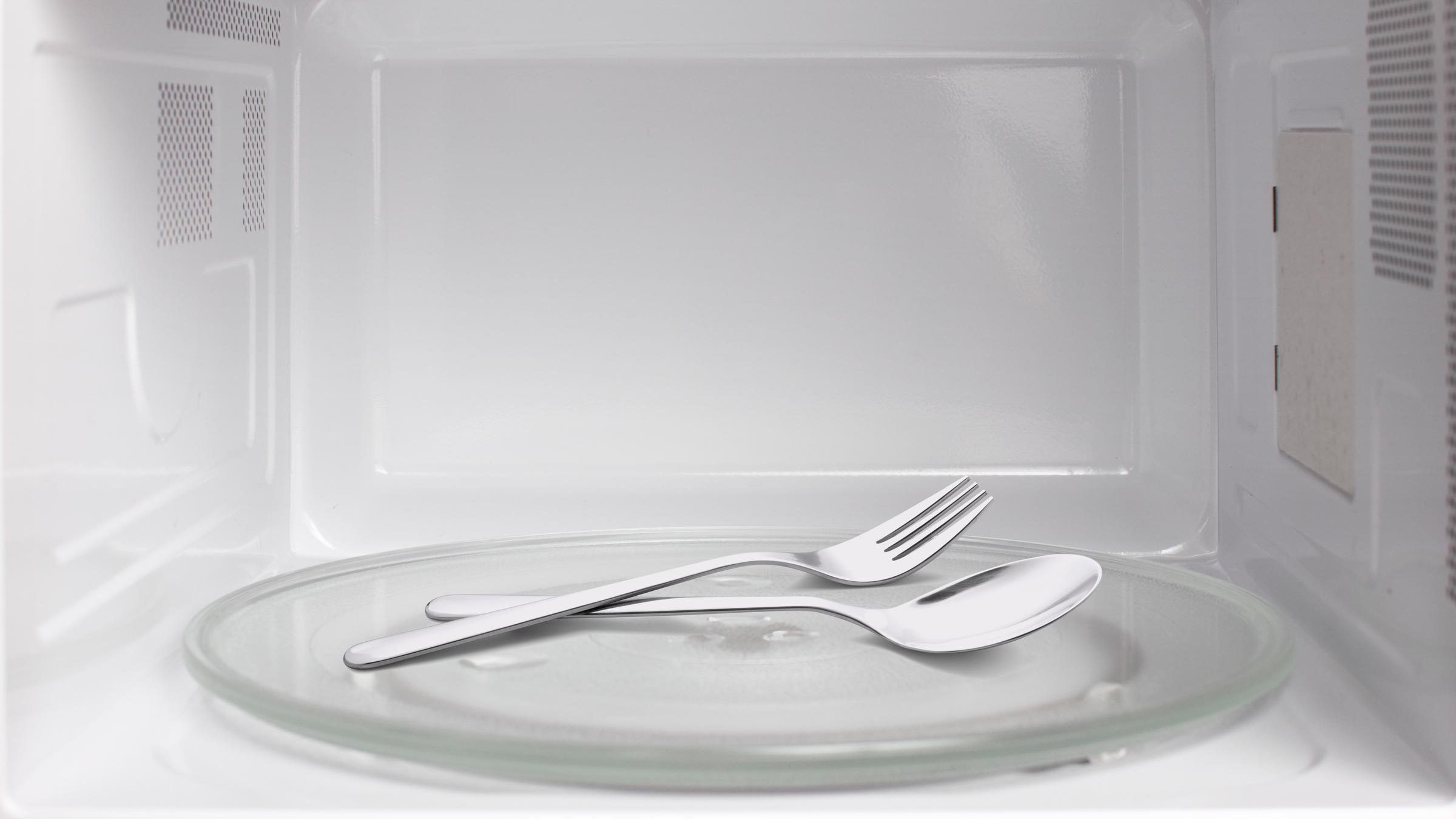

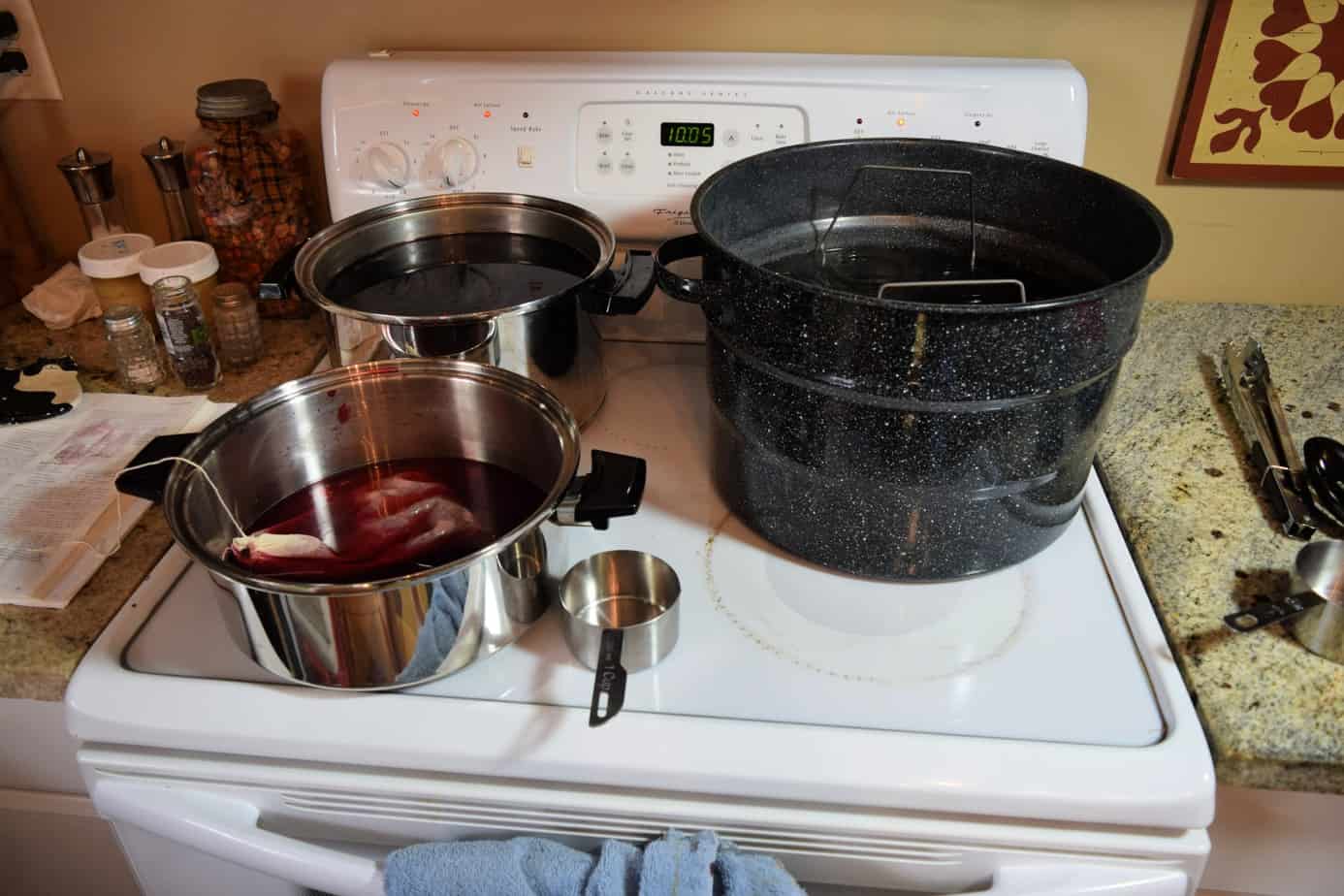
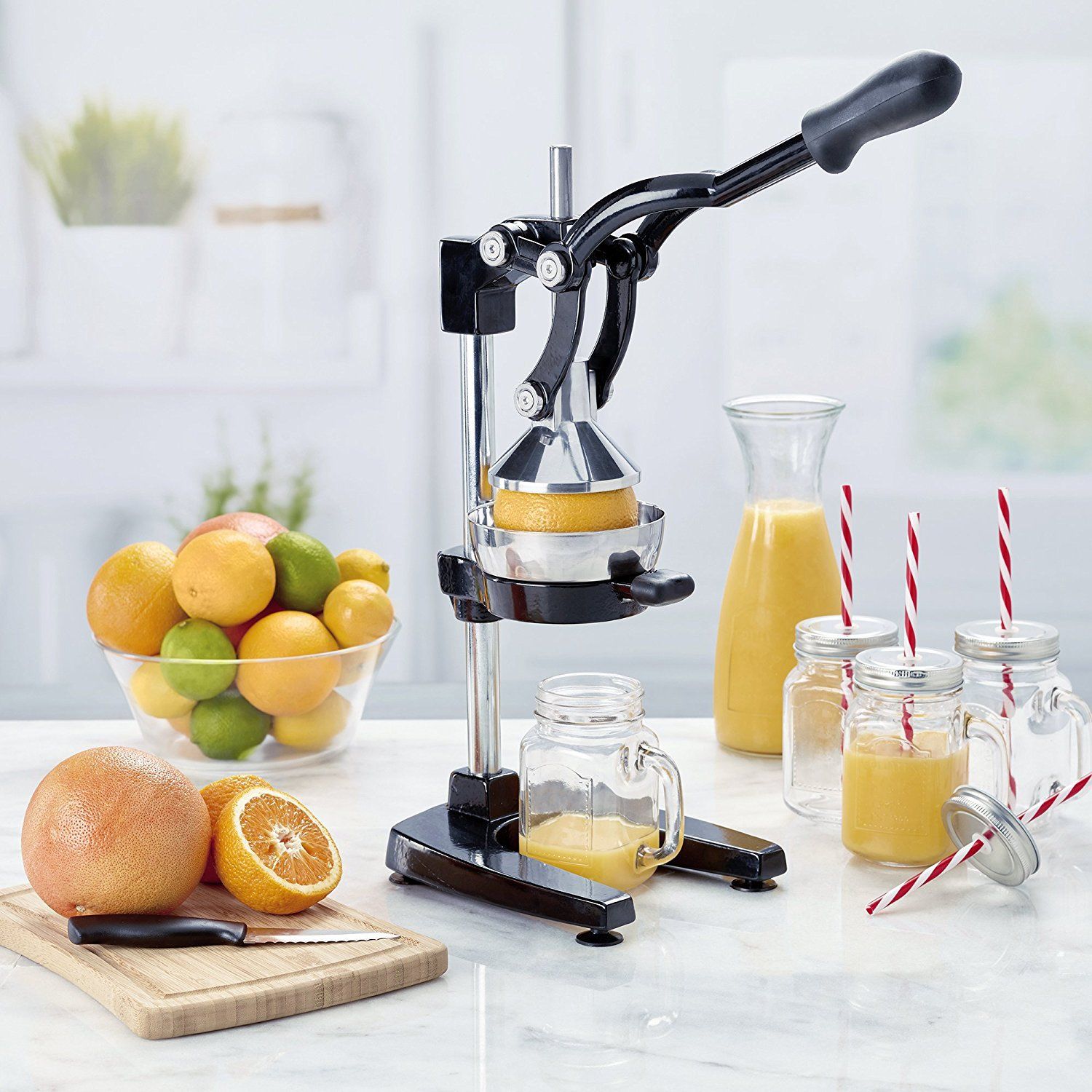
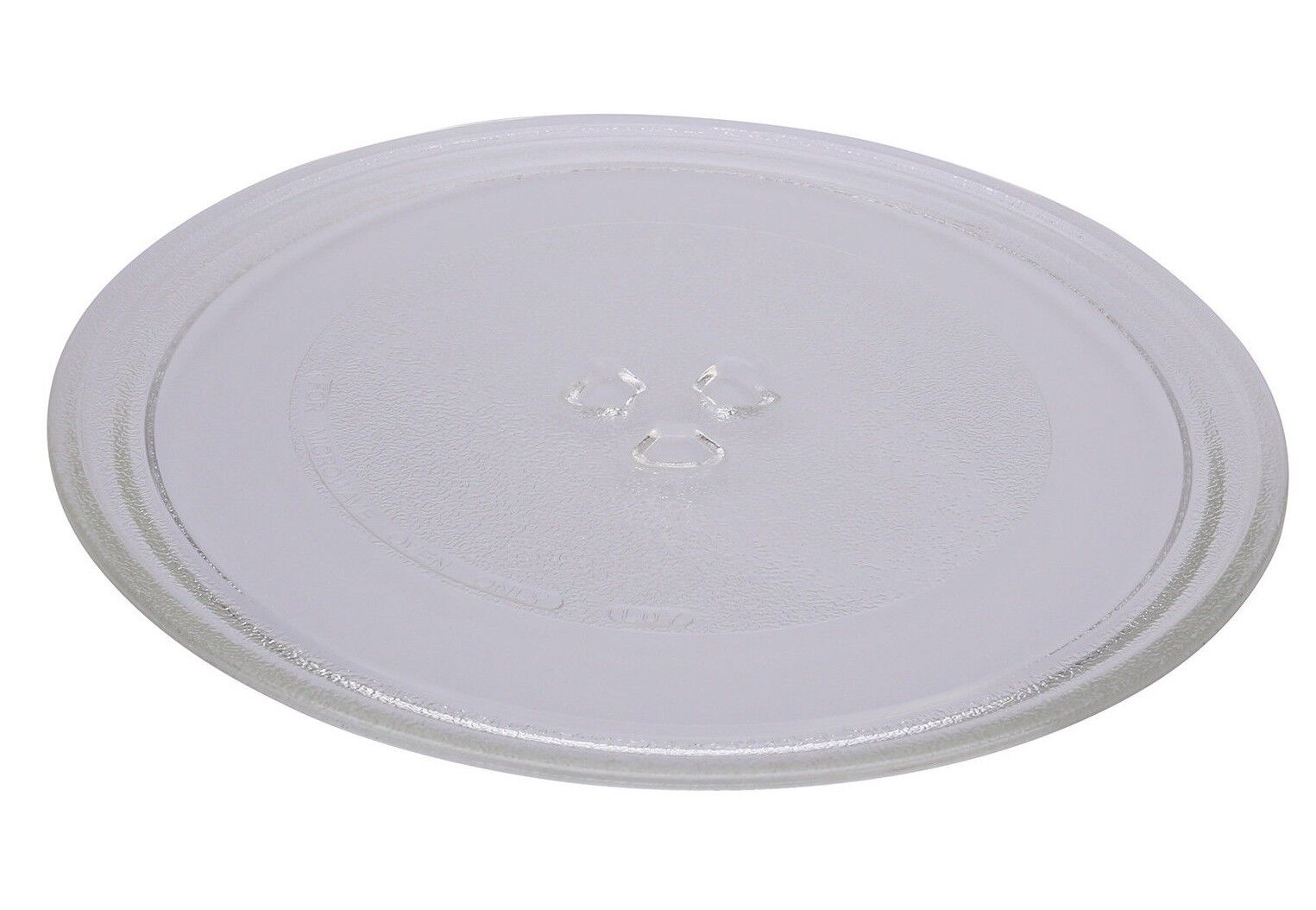
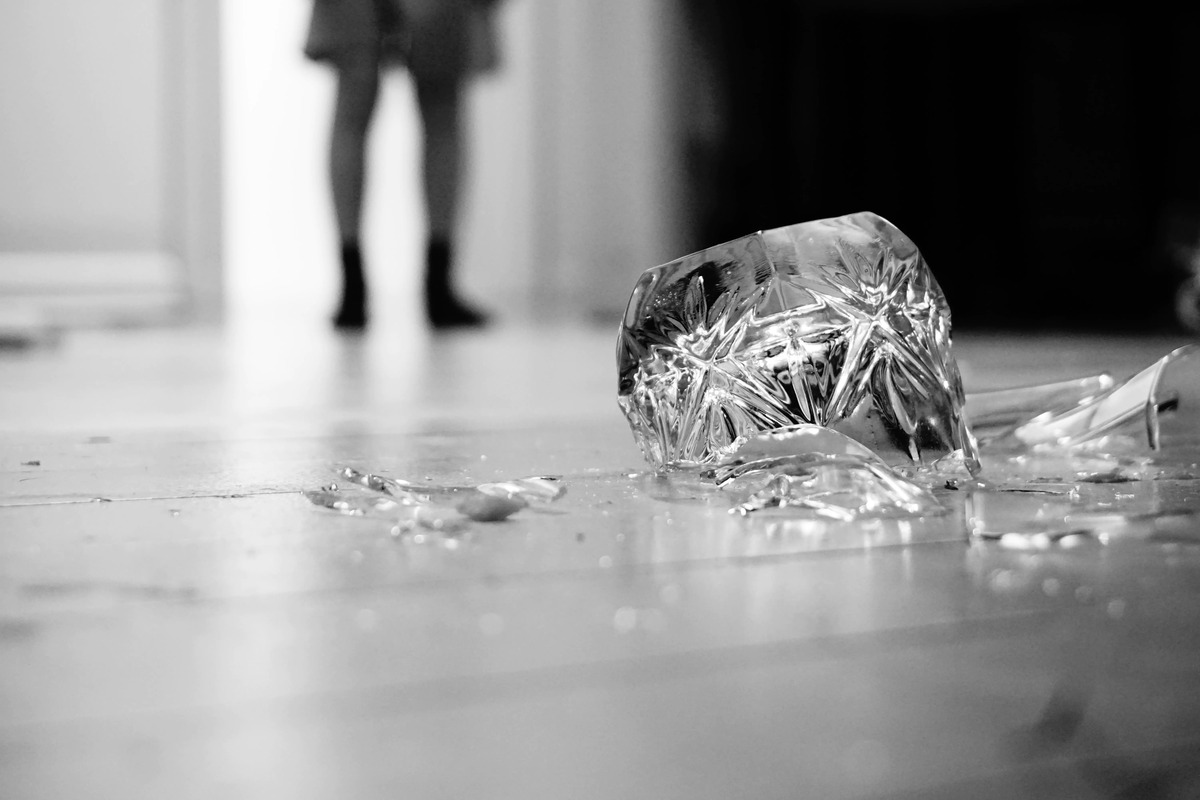
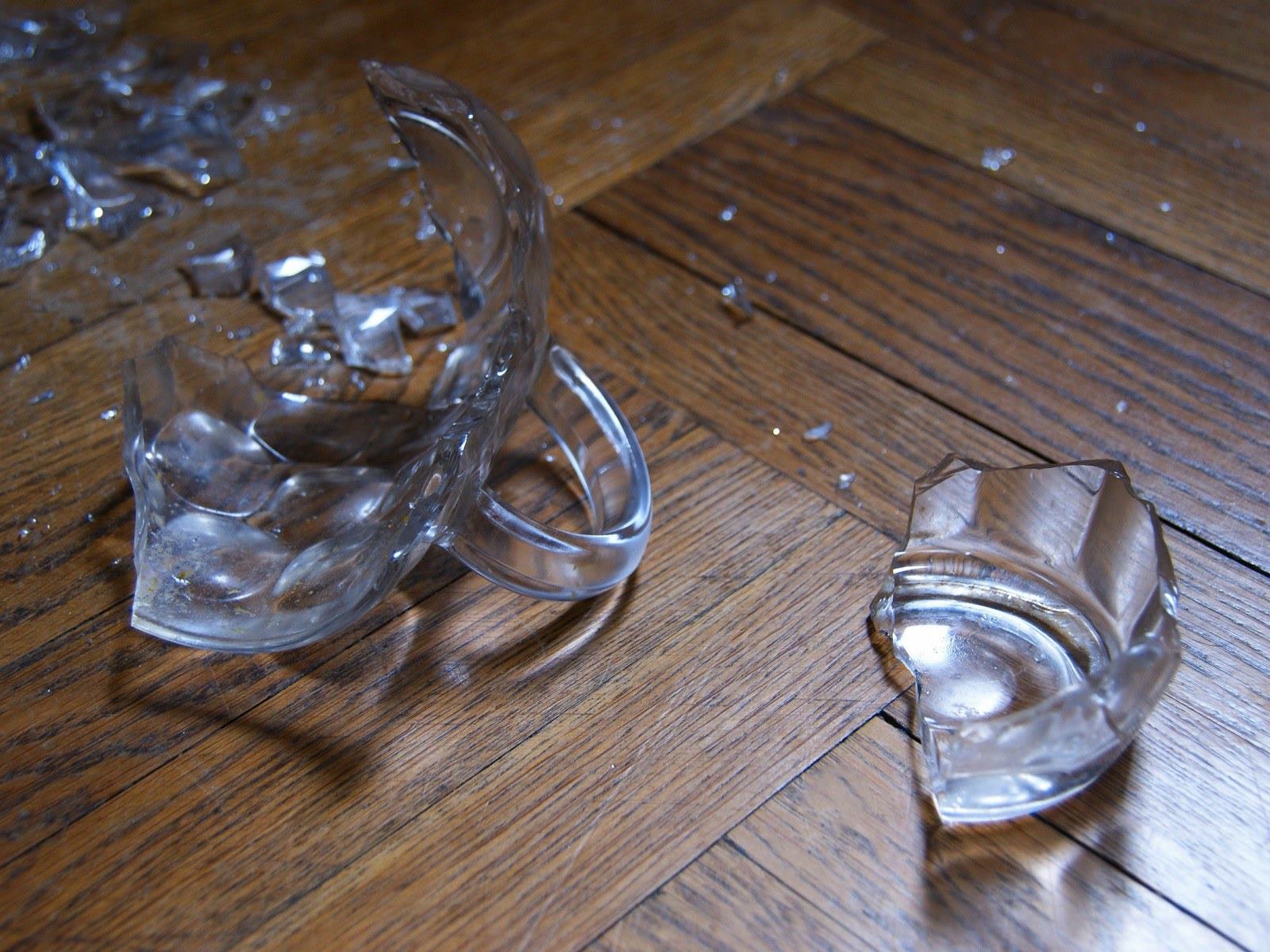
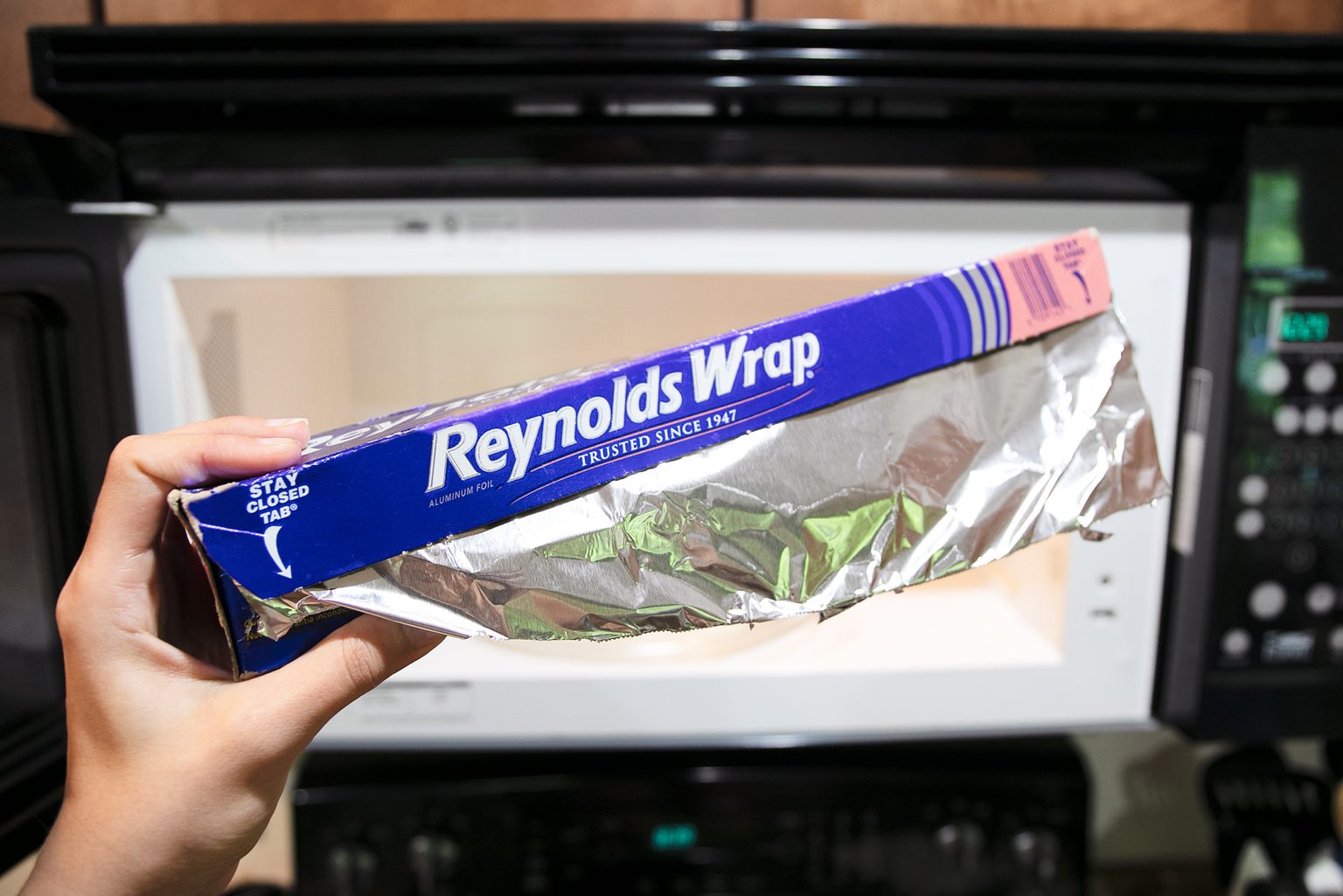
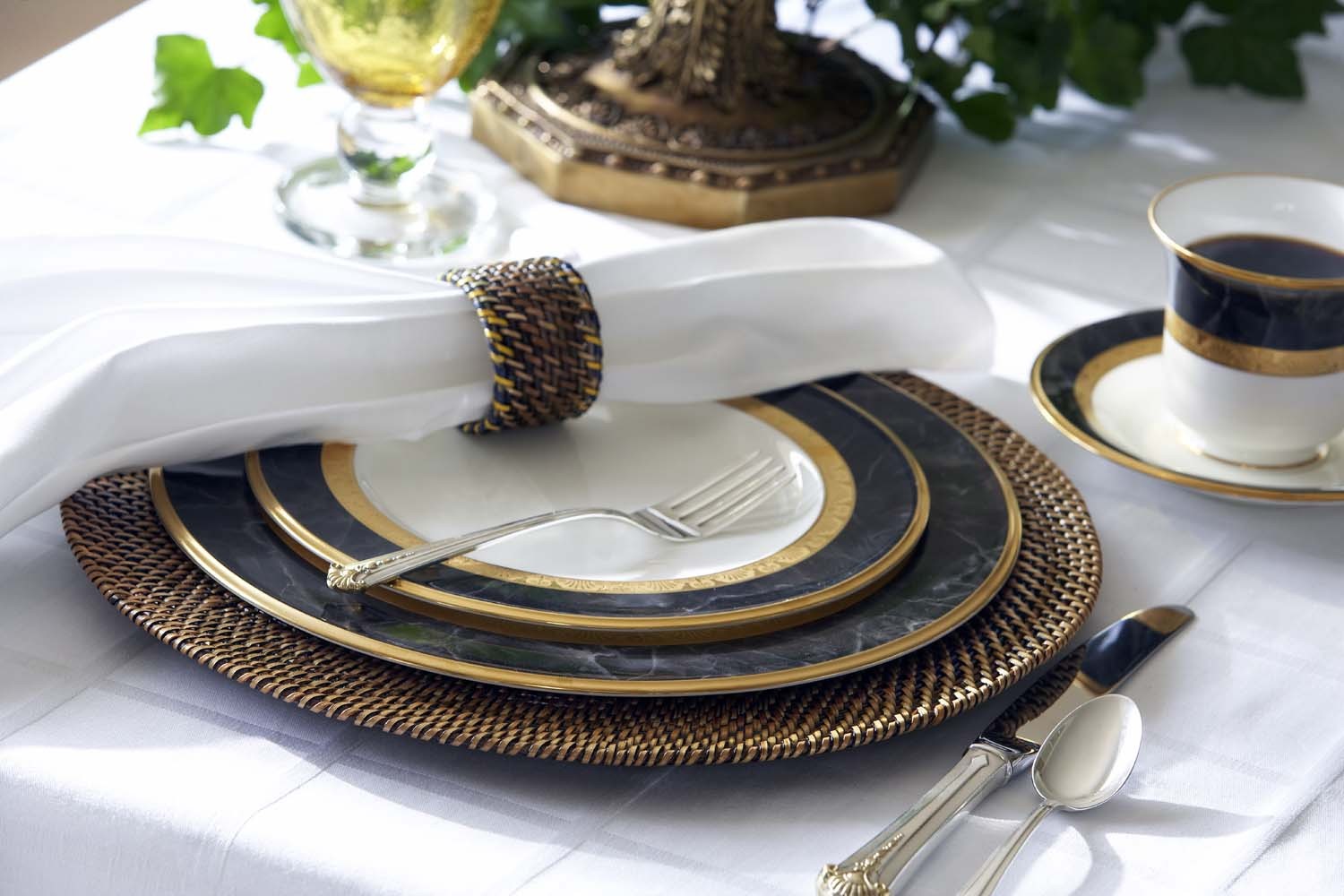


0 thoughts on “Can You Use A Microwave If The Glass Plate Is Broken?”